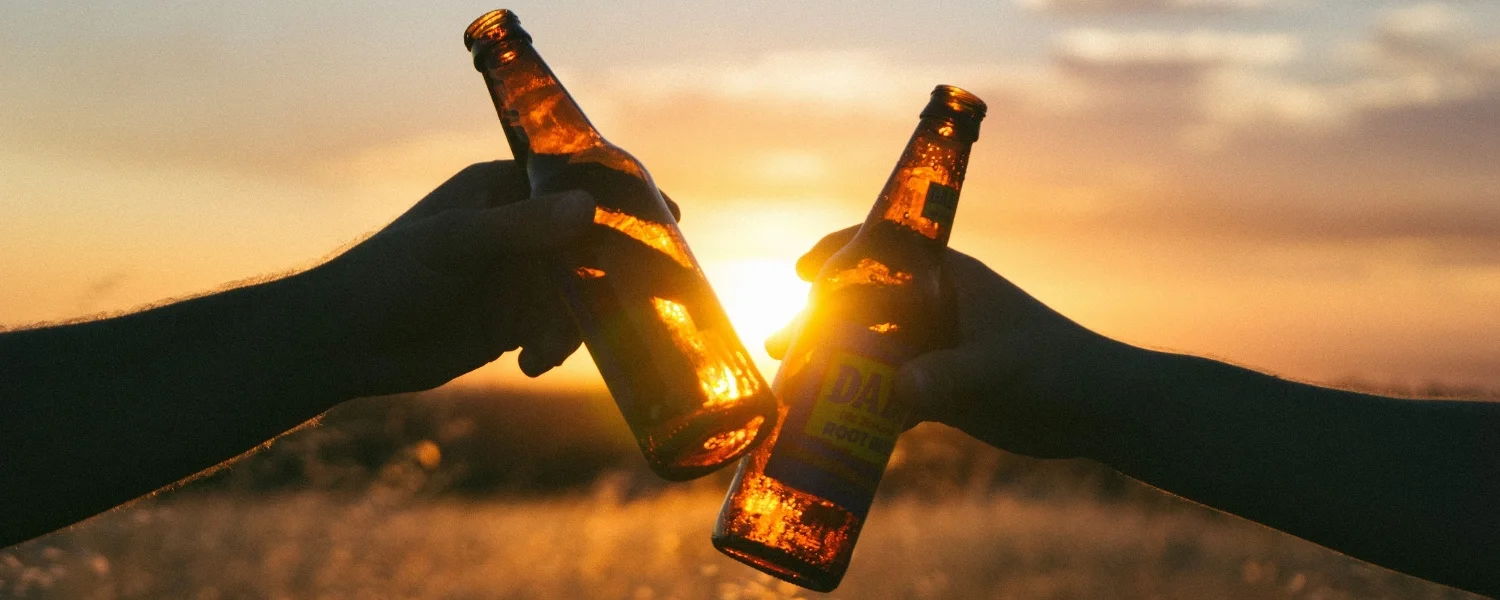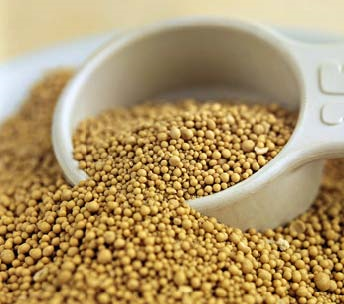Brewing Beer in the 505
/There’s nothing quite like sipping a cold beer on a warm night, a pastime made possible as early as March here in the sun-baked Southwest. It’s barely spring according to the calendar, but even up in Albuquerque’s high desert I’ve already had the pleasure of sampling Santa Fe Brewing’s draughts at Green Jeans Farmery while the sun dipped low over the volcanoes on the western horizon. Between that, and recent encounters with Chama River Brewery’s Sleeping Dog Stout and Marble Brewery’s Wildflower Wheat, I’m officially inspired to dive into the world of New Mexico’s thriving beer scene.
Science-style, of course! Let’s break down the chemistry of a good brew...
Water
Needless to say, H₂0 forms the basis for beer and renders its more interesting ingredients drinkable. It can also contribute to the final product’s flavor if it’s drawn from a local source with particular mineral properties. Purer soft water is suited to pale lagers, whereas hard water (water that’s percolated through chalky deposits and picked up minerals like calcium and magnesium carbonate) can add a nice kick to darker beers like stout. In particular, calcium and iron serve as cofactors for yeast’s enzymes and thus contribute to the fermentation process down the line.
Malted Barley
Beer’s alcohol starts out as hardy long-chain carbohydrates grown in grains like barley (or wheat for the occasional wheat beer). Given enough time—we’re talking years—those starchy chains would break down on their own, but brewers speed up the process by mashing and malting the grains.
That is, they soak them in hot water, prompting the barley to germinate. Warm germinating grains activate the enzyme amylase, which catalyzes glycolysis, the breakdown of carbs into simple sugars. This speeds up the carbohydrates’ breakdown by a factor of about 100,000: what would’ve taken years now takes just an hour or two. (You and I also produce amylase in our saliva, where it kicks off digestion the moment we bite into bread or pasta.)
Thanks to that malting, the barley’s mash bath is now sweet with sugars and called wort. This is exactly what brewers need for the next step: Unlike complex carbs, simple sugars are digestible to single-cell organisms like yeast.
Brewer’s Yeast
We humans and our fellow aerobes put glucose to use by performing aerobic respiration. That is, we convert sugar (which we eat) and oxygen (which we inhale) into carbon dioxide (which we exhale) and water (which we—well, you know). Along the way we extract the energy we need to run, jump, and perform all our other life functions. To get more technical about it:
C₆H₁₂O₆ + 6 O₂ + 38 ADP + 38 Pᵢ → 6 CO₂ + 6 H₂O + 38 ATP
Like us, yeast uses glucose as a source of chemical energy, but unlike us, yeast metabolizes its microscopic meal via anaerobic (oxygen-free) respiration. This is a two-step process:
Step 1: Glycolysis (sugar is converted to pyruvate, NADH, water, and hydrogen ions)
C₆H₁₂O₆ + 2 ADP + 2 Pᵢ + 2 NAD+ → 2 C₃H₃O₃ + 2 ATP + 2 NADH + 2 H₂O + 2 H+
Step 2: Ethanol fermentation (pyruvate is converted to ethanol, carbon dioxide, and NAD+)
C₃H₃O₃ (pyruvate) + NADH → C₂H₅OH (ethanol) + CO₂ (carbon dioxide) + NAD+
When yeast goes to town on wort’s sugary goodness, its only focus is feeding itself, but along the way it leaves two waste products that give our beer its character: ethyl alcohol (the buzz) and carbon dioxide (the bubbles).
Hops
Between water, malted barley, and yeast, we’ve got all we need to brew us up an alcoholic beverage. But it just wouldn’t be beer without hops, a flavorful flower whose essential oils and acids provide a bitterness that balance out the malty sweetness of the above. Hops are added in the mashing and malting stages, along with other flavors depending on the batch.
New Mexican brewers are obliged to import their hops and barley, but that doesn’t mean they can’t give their beers some local flavor. Sierra Blanca Brewery’s Pancho Verde Chile Cerveza, for instance, “has an unmistakable roasted chile aroma and flavor without being too hot.” Other brewers in the state add cocoa, spices, coffee, and floral notes to their ales, lagers, and stouts.
Whatever the aroma, there’s nothing like the heady buzz of imbibing at high altitude while the Sandias’ rosy glow fades to violet in the distance. I’ll raise my glass to that any night of the week. Cheers!
This post was brought to you by a slew of local and regional breweries and a few gorgeous Albuquerque sunsets.






